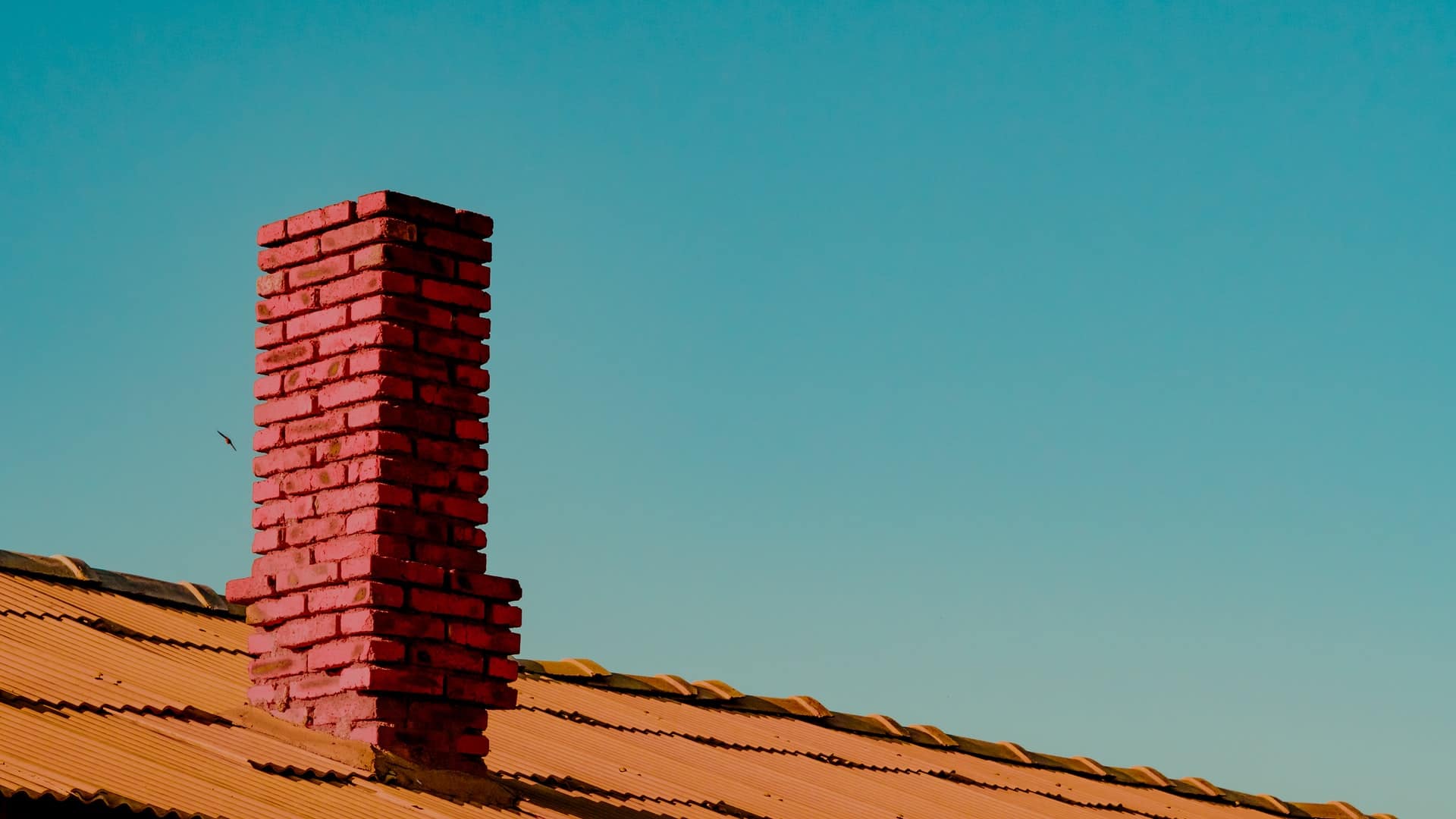The chimney is one of the most critical installations in the house, but it is also one of the least served when it comes to cleaning and maintenance. How often to clean the chimney with oil furnace? What are the signs of a dirty chimney? How to clean the chimney at home? What are the standard chimney cleaning tools? These are the questions that we will be answering today, and more!
Cleaning Your Chimney at Home
What happens if you don’t clean your chimney?
As you continue using your chimney while heating your home, dirt, ash, and creosote glazing begin to accumulate in your system. Creosote glazing is a byproduct of burning wood and other materials, and it only takes a small quantity of this flammable byproduct to instigate a fire in a chimney. It is therefore essential to have regular chimney inspection and cleaning.
Creosote, which is no doubt one of the more dangerous byproducts of burning furnace fuel, can build up to dangerous levels quickly when your burning appliance is malfunctioning, or if you have poor burning practices.
If you have a wood-burning furnace, know that certain wood types emit creosote at higher levels compared to other wood types. Pine, specifically, promotes the formation of dangerous levels of this byproduct and should, therefore, be avoided as wood fuel for furnaces.
For oil-burning furnaces, we recommend commercial furnace oils that are of the proper grade for burning in homes. These are available from major oil brands all over North America and Canada.
We do not recommend using any other fuel for your oil-burning furnace, but you can add essential oils to the base fuel if you want to make your home smell nicer. However, it is not a good idea to use large quantities of essential oil for the furnace because these will burn out quickly, and these are not appropriate for heating applications.
When should you clean your chimney?
The bare minimum for inspecting and cleaning chimneys is annual. If you can have it inspected every quarter, that’s better as HVAC systems thrive with the frequent monitoring of professionals. Venting systems that are associated with furnaces need to be cleaned more frequently to maintain optimum performance. These systems are frequent safety concerns, and without proper maintenance, they may pose a fire hazard to your home, so this is not the time for cutting corners on them. We do not recommend scrimping on professional inspection and maintenance on them as defects may trigger a chimney fire that can ruin your home, or build-ups of nasty byproducts can pose a health hazard to people dwelling in your home as well.
The frequency of chimney cleaning depends mainly on how frequently you use your furnace in the first place. Obviously, in the summer, it is going to be far less, but this doesn’t mean that you shouldn’t have your chimney checked and cleaned in preparation for winter. All HVAC installations and systems would do well with regular maintenance because they are essential for the holistic functioning of the entire home.
The furnace flue that is adjacent to the cleanup pipe and door also needs to be cleaned so there will be minimal clogging. Modern furnaces depend a lot on this small area between the cleanout and the chimney itself. Clogging in the flue area can also cause clogging in the flue vent connector, which is directly connected to the oil furnace.
The ideal time to have your chimney inspected and cleaned is before the start of the burning season. This can be during late summer, late spring, or late fall. You have plenty of time to have your chimney checked out, so do not put it off too much as you may wake up one day, and you need to use your heating system, and it’s functioning below optimum levels because you haven’t had it cleaned yet.
Can you clean your chimney?
It is possible to clean your chimney, and if you want to try the DIY route to maintenance, you have to invest in some standard chimney cleaning tools like chimney brushes, extension rods, a shop vacuum with a heavy-duty dust filter, an extension ladder so you can get up to your roof and inspect the outlet, sheet plastic for collecting ash, painter’s tape and duct tape for closing inlets and performing other tasks, a dust mask (go for higher filtration), safety goggles/safety glasses, and a cordless drill.
If you have no problem accessing the roof by climbing it with an extension ladder, there’s no problem going by the DIY route. However, if you are squeamish with climbing to the roof, it would be best to leave the cleaning to the experts. Bring your extension rods and cleaning brush to the roof. You will need to add one rod at a time as you hit joints and run out of length as you go down the length of the chimney. Be sure to remove the chimney caps as well so you can access the chimney flue as well.
Whenever you need to bring the brush-up, use the opportunity to clean away remaining build-ups in your chimney. After scrubbing all, you can scrub from the roof, replace the chimney caps. Allow all the dust to settle for about ten minutes downstairs before doing anything else. To ensure that none of the mess goes into your living room, be sure to seal the furnace area with generous lengths of plastic sheets. Use the painter’s tape or whatever tape you may have to seal off the furnace and chimney completely. It is going to be challenging to clean up the dust if it flies into all directions after scrubbing from the roof.
Remove the plastic sheets carefully and scrub areas that you can reach with your brush and extension rods. This one final scrub is necessary to remove any clogs that may have formed from the accumulation of the ash from above. Bag the ash and throw away the plastic sheets.

